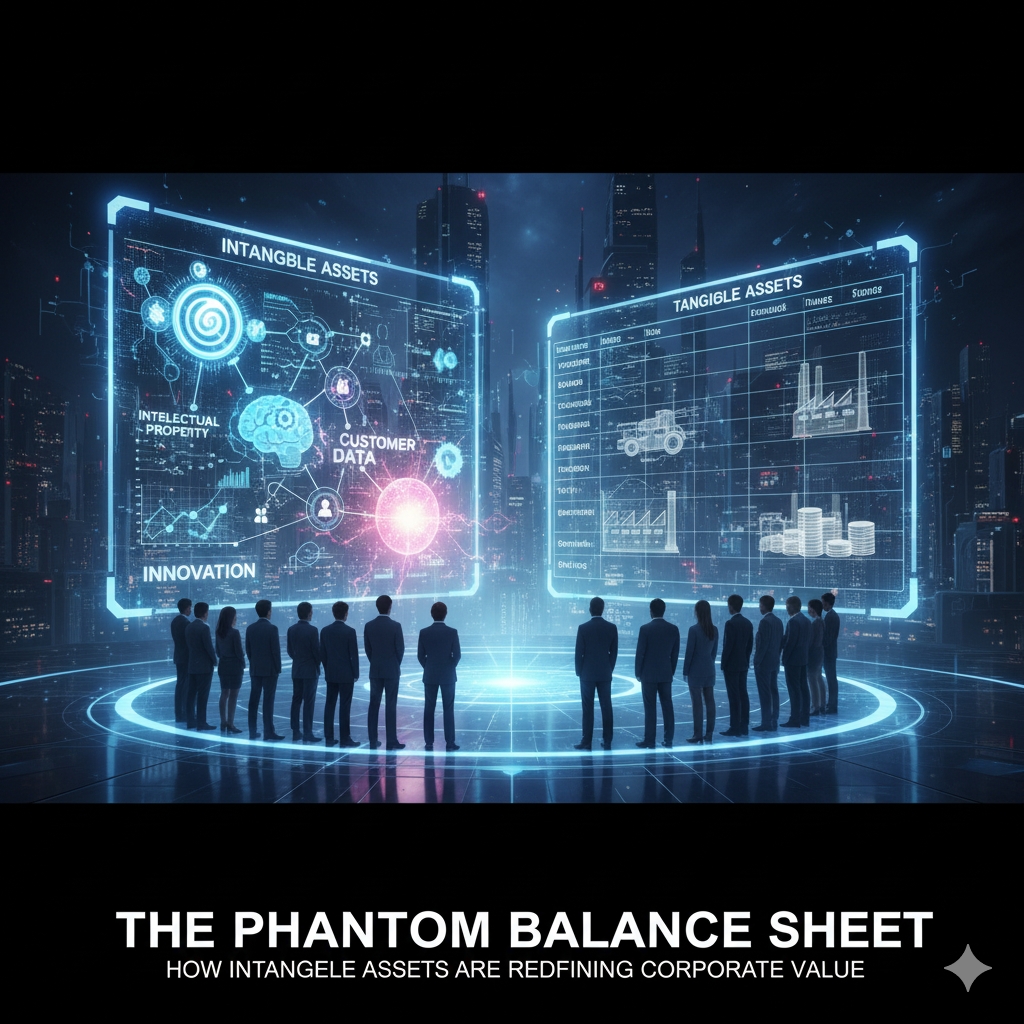The average investor watching CNBC sees a market driven by earnings, Fed policy, and economic data. What they don’t see is the multi-trillion-dollar derivatives market operating behind the curtains, where a complex and often misunderstood force is increasingly dictating short-term price action: gamma. The explosive growth in zero-day-to-expiration (0DTE) options and retail trading has created a feedback loop where the options market no longer just reflects sentiment—it actively drives it. We are living in the age of the Gamma Trap, a phenomenon where the hedging activities of market makers can amplify moves, suppress volatility, and create violent, seemingly inexplicable snapbacks that have little to do with company fundamentals.
The Engine of the Trap: Understanding Gamma and Market Maker Hedging
To understand the modern market, one must first grasp the basic mechanics of gamma.
Delta: An option’s sensitivity to the price of the underlying stock. A call option with a 0.50 delta will move $0.50 for every $1 move in the stock.
Gamma: The rate of change of delta. It measures how much the delta changes as the stock price moves.
This becomes market-moving because of the role of market makers. When you buy a call option from a brokerage, the broker typically sells it to a market maker. The market maker is now short that call option. To remain market-neutral and not take a directional bet, they must hedge their position.
Here’s the crucial part: The hedging activity is what moves markets.
When a stock RISES and there is a large volume of call options:
The deltas of those call options increase (due to positive gamma).
The market maker, who is short the calls, sees their position become increasingly short the stock.
To re-hedge to neutral, they must BUY the underlying stock.
This buying pushes the stock price HIGHER, which increases the delta of the calls further, forcing more buying. This is a gamma squeeze—a self-reinforcing feedback loop.
When a stock FALLS and there is a large volume of put options:
The deltas of those puts become more negative.
The market maker, short the puts, sees their position become increasingly long the stock.
To re-hedge, they must SELL the underlying stock.
This selling pushes the stock price LOWER, triggering more delta hedging and more selling. This is a gamma meltdown.
The 0DTE Fuel on the Fire
The situation has been radically intensified by the explosion of 0DTE (Zero Days to Expiration) options. These are options that expire within 24 hours. They are incredibly cheap and offer massive, lottery-ticket-like leverage.
Exponential Growth: 0DTE options now account for over 40% of all S&P 500 options volume. A single trade can represent billions of dollars of notional exposure.
The Compressed Timeline: Because these options expire so soon, their gammas are extremely high. This means the hedging activity of market makers is more frantic, more concentrated, and has a more immediate and powerful impact on the market.
The Volatility Suppression and Explosion Cycle: On a calm day, the constant hedging of 0DTE options can act as a volatility suppressant. Market maker buying on small dips and selling on small rises creates a “pin” that holds the market in a tight range. However, if the market makes a strong move that breaches a key strike price with high open interest, the opposite occurs. The hedging activity accelerates the move, leading to explosive, high-volume rallies or sell-offs that can wipe out weeks of trading range in a matter of hours.
The New Market Reality: Technicals Trump Fundamentals
In this environment, the traditional drivers of stock prices are being temporarily overridden by technical forces emanating from the options pit.
The “Gamma Wall” and “Magnetic” Strike Prices: Analysts now track levels of high open interest in options chains. A large concentration of call options at a certain strike price (e.g., SPX 5,500) acts as a “gamma wall.” As the market approaches that level, the hedging activity of market makers (who are selling to hedge the calls they are short) creates massive resistance. Conversely, these levels can act like magnets, as a break above or below can trigger a tidal wave of forced hedging that quickly pushes the price to the next key level.
The VIX is No Longer a Fear Gauge; It’s a Gamma Gauge: The CBOE Volatility Index (VIX) is increasingly being driven by the supply and demand for options, particularly 0DTE options, rather than pure investor fear. A low VIX can simply mean the market is trapped in a gamma-induced range, not that investors are complacent.
The Disappearance of the Middle: This market structure creates a “binary” environment. Stocks and indices can be eerily calm, trapped between gamma walls, and then violently “gap” to the next level. This makes traditional, slow-moving trend-following strategies less effective and rewards those who can anticipate these technical breaks.
The Investor’s Playbook: Navigating the Gamma Minefield
The individual investor cannot fight the gamma flows, but they can learn to navigate and even exploit them.
Trade the Range, Not the Breakout (For Most): In a gamma-dominated market, most breakouts fail at gamma walls. A more prudent strategy is to trade the range—buying near support levels (where put hedging may provide a bounce) and selling near resistance levels (where call hedging may cap the rally).
Use Options as a Strategic Tool, Not Just a Lottery Ticket:
Selling Premium: In a volatility-suppressed, range-bound market, selling options (e.g., cash-secured puts or covered calls) can be an effective way to generate income, as you are effectively acting as the “house” collecting premium from the speculators.
Defensive Puts as Portfolio Insurance: The constant risk of a gamma-driven meltdown makes owning out-of-the-money put options a valuable form of portfolio insurance, even when the market seems calm.
Monitor Key Gamma Levels: Sophisticated retail traders now have access to tools that show the “gamma exposure” across the market. Knowing where the large gamma walls are for indices like the SPY and QQQ and for mega-cap stocks like AAPL and TSLA is as important as reading a balance sheet for short-term trading.
Respect Expiration Days (Monthly and Daily): Volatility naturally increases on monthly OpEx (options expiration) days. Now, with 0DTEs, every day is a mini-expiration day, with the potential for a “witching hour” move in the last 60-90 minutes of trading as market makers scramble to unwind their hedges before expiration.
Case Study: The “Gamma Squeeze” Phenomenon
The meme stock saga of 2021 (GameStop, AMC) was a textbook, retail-powered gamma squeeze. A flood of retail buying in call options forced market makers to buy the underlying stock to hedge. This buying drove the price up, which forced more delta hedging, creating a parabolic move that detached the stock price entirely from fundamental value. While these events are extreme, they illustrate the raw power of gamma dynamics. The same mechanism, on a smaller scale, now occurs regularly in major ETFs and large-cap stocks.
Strategic Outlook: The Regulatory Dilemma and Systemic Risk
The gamma-driven market presents a profound challenge for regulators and creates new, poorly understood systemic risks.
The Concentration Risk in Market Makers: The entire mechanism depends on a handful of large institutions (e.g., Citadel Securities, Jane Street) being willing and able to act as the hedging counterparty. A shock that simultaneously threatens several major market makers could cause the hedging mechanism to break down, leading to a liquidity vacuum and a disorderly, gap-filled market crash.
The “Volatility Doom Loop” Potential: A sharp market drop could trigger a massive wave of put buying. The subsequent delta hedging by market makers would force them to sell stocks, accelerating the decline, which would trigger more put buying. This is the nightmare scenario where derivatives create their own reality.
The Regulatory Response: The SEC is already scrutinizing the 0DTE phenomenon. Potential responses could include higher margin requirements for 0DTE options, position limits, or even circuit breakers specifically for the options market. However, any intervention risks stifling the liquidity that the market depends on.
Conclusion: The Market’s New Nervous System
The rise of gamma as a primary market force represents a fundamental shift. The market is no longer a simple reflection of collective human judgment on value. It has developed a complex, automated nervous system—a network of algorithmic responses to options flows that can override fundamental signals for extended periods.
For the investor, this means that technical analysis and an understanding of market microstructure have become non-negotiable. The old adage “don’t fight the Fed” now has a corollary: “don’t fight the gamma.” The most successful participants in this new environment will be those who respect the power of these technical forces, use options strategically rather than speculatively, and understand that in the modern market, the tail of derivatives doesn’t just wag the dog—it often is the dog.











